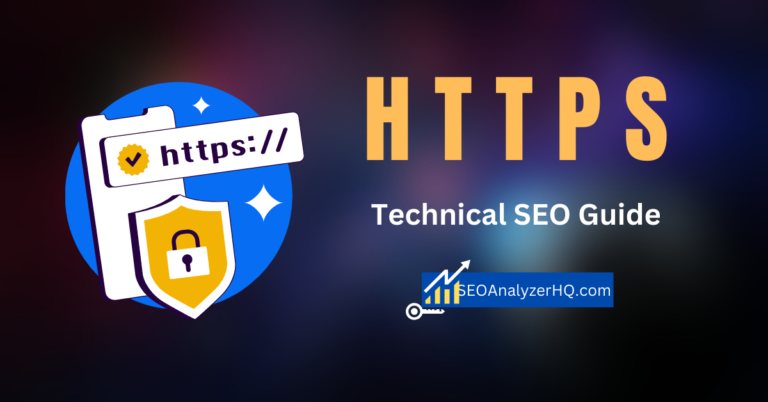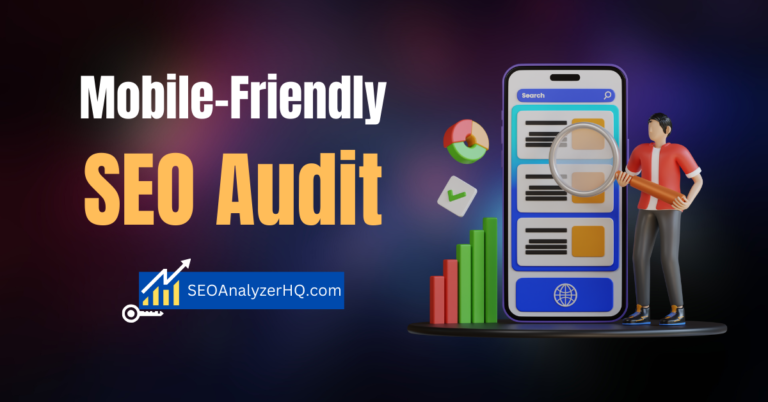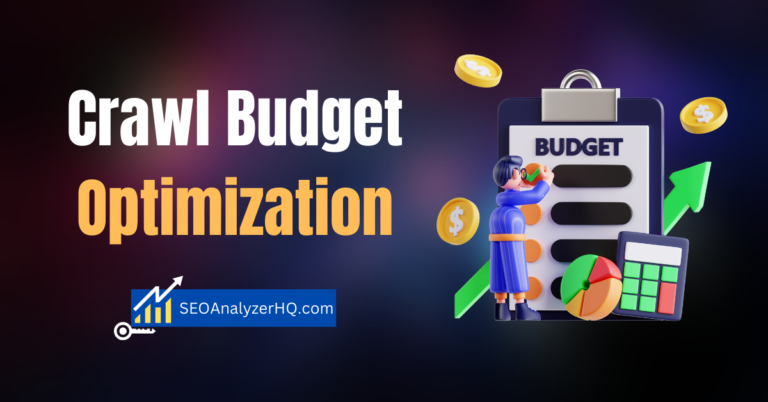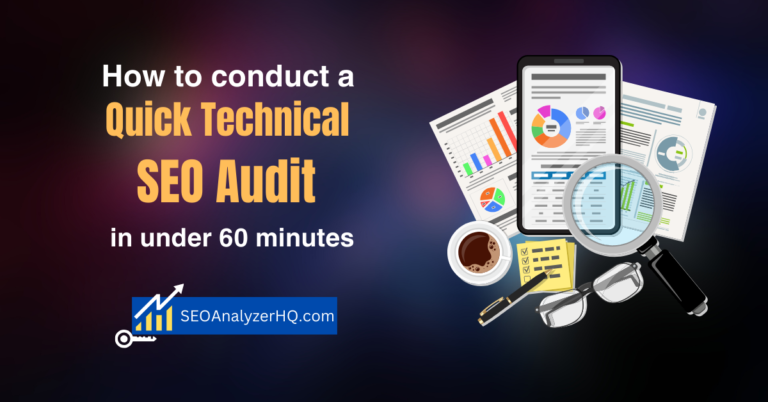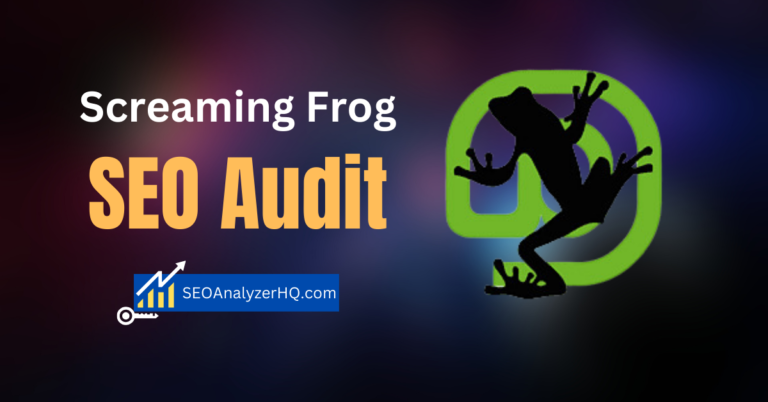How to Improve Page Speed for Better SEO
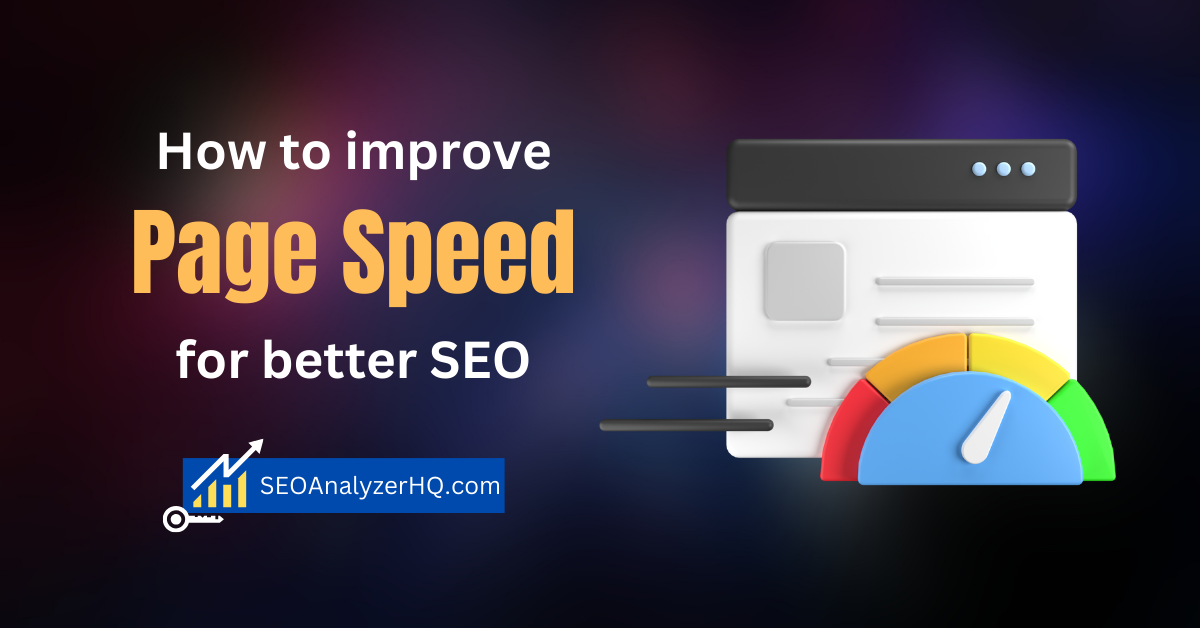
Did you know that 53% of users abandon a website if it takes longer than 3 seconds to load? That’s right—page speed is not only critical for user experience but also plays a significant role in SEO. A slow-loading site frustrates visitors, leading to higher bounce rates, lower conversion rates, and poor rankings on search engines.
In this guide, we’ll explore the impact of page speed on SEO and walk you through actionable tips and tools to improve your website’s load times.
Why Page Speed Matters for SEO
Google has made it clear that page speed is a ranking factor. A faster website not only provides a better user experience but also increases the likelihood of ranking higher in search results. With the shift towards mobile-first indexing, where Google predominantly uses the mobile version of the content for indexing and ranking, ensuring that your site is fast on both desktop and mobile devices is more crucial than ever.
When your website loads quickly, users stay engaged longer, reducing bounce rates and improving the chance for conversions. That’s why optimizing your page speed should be a top priority in your overall SEO strategy.
Tools to Measure Page Speed
To get started, you need to understand how fast your website currently is and what areas need improvement. Here are the top tools you can use to measure and analyze page speed:
- Google PageSpeed Insights: This tool provides a performance score along with suggestions to improve page speed. Key metrics like Largest Contentful Paint (LCP), First Input Delay (FID), and Cumulative Layout Shift (CLS) are highlighted.
- GTMetrix: A popular tool that gives a detailed breakdown of your site’s performance, including load time, total page size, and the number of requests.
- Lighthouse: This Google tool offers an in-depth performance audit, focusing on site speed, accessibility, and SEO.
- Pingdom: A website speed testing tool that offers insights into how fast your site loads across various geographic locations.
What to look for:
- First Contentful Paint (FCP): Time it takes for the browser to render the first piece of content.
- Largest Contentful Paint (LCP): Time it takes for the largest visible element to load.
- Total Blocking Time (TBT): Time during which the page is unresponsive to user input.
Optimizing Images for Faster Load Times
Images are often the biggest contributors to slow load times. Optimizing them is one of the easiest ways to speed up your site.
Key steps:
- Compress images: Use tools like TinyPNG or JPEG-Optimizer to compress your images without losing quality.
- Responsive images: Ensure that your images are displayed properly across different devices by using responsive design.
- Use lazy loading: This delays the loading of images until they are needed, improving initial page load speed.
Minimize and Combine Files
Large files can bog down your website’s speed. To counter this, you should minify and combine files like CSS, JavaScript, and HTML.
- Minify CSS, JavaScript, and HTML: Removing unnecessary spaces, comments, and characters can reduce the size of these files. Tools like UglifyJS (for JavaScript) or CSSNano (for CSS) make this process easy.
- Combine files: Combining multiple CSS or JavaScript files into one reduces the number of requests the browser has to make, speeding up the page load time.
Enable Browser Caching
Browser caching stores certain elements of your site in the user’s browser, which reduces the time it takes to load the page when they visit again.
- Set cache expiration headers to control how long different types of content are cached.
- For WordPress users, plugins like W3 Total Cache or WP Rocket make enabling browser caching simple.
Reduce Server Response Time
A slow server response can cripple your page speed. Here’s how to speed it up:
- Upgrade to faster hosting: A reliable hosting provider can significantly improve server response times.
- Use a CDN: A Content Delivery Network (CDN) like Cloudflare distributes your content across servers around the world, reducing the distance between users and your website’s server.
Leverage Asynchronous Loading for CSS and JavaScript
When CSS and JavaScript load synchronously, they block the rest of the page from rendering until they’re fully loaded. To improve speed, use asynchronous loading.
- Defer non-essential JavaScript: By deferring JavaScript files that aren’t critical to the user’s initial interaction, you can speed up the initial page load.
- Inline critical CSS: Keep critical CSS inline so that it loads quickly, while deferring the rest of the CSS.
Optimize Web Fonts
Web fonts can slow down your site if not managed properly. Here’s how to optimize them:
- Limit the number of fonts: Try to stick to 2-3 fonts maximum.
- Use system fonts: System fonts like Arial or Times New Roman load faster because they’re pre-installed on most devices.
- Font Display Property: Use the font-display: swap CSS property to ensure that text remains visible while web fonts are loading.
Use AMP (Accelerated Mobile Pages) for Mobile Speed
Accelerated Mobile Pages (AMP) is a framework that helps your site load faster on mobile devices by limiting the use of JavaScript and other elements that slow down page load times.
How to Implement AMP:
- Install AMP plugins if you’re using WordPress.
- Follow AMP guidelines for creating mobile-optimized content.
Regularly Monitor Your Site’s Performance
It’s important to continuously monitor your site’s performance to catch any speed issues early. Here’s how to do it:
- Set up Google Analytics: Create alerts to monitor performance dips.
- Re-run speed tests after every major website update or new content addition to ensure page speed remains optimal.
Frequently Asked Questions (FAQs)
How does page speed affect SEO?
Page speed is a direct ranking factor for Google. A faster site improves user experience, decreases bounce rates, and can help boost search engine rankings.
What is a good page load time for SEO?
A page load time of under 2 seconds is ideal for SEO. Google recommends aiming for a Largest Contentful Paint (LCP) time of less than 2.5 seconds.
Can slow hosting affect my page speed?
Yes, poor-quality hosting can lead to slow server response times, which significantly impacts page speed. Upgrading to a better hosting provider or using a CDN can greatly improve your load times.
What is lazy loading, and how does it help?
Lazy loading delays the loading of images and other media files until they are needed, which can dramatically improve initial page load speed.
How do I fix slow-loading images on my site?
Compress your images, use responsive image techniques, and implement lazy loading. Tools like TinyPNG or ImageOptim can help reduce file size without losing quality.
Conclusion
Page speed is a crucial element for both SEO and user experience. By optimizing images, enabling browser caching, reducing server response times, and more, you can significantly improve your website’s load times.
Start by implementing just one or two techniques from this guide, and monitor the impact. Over time, you’ll see a positive change in your search rankings, traffic, and conversion rates.

